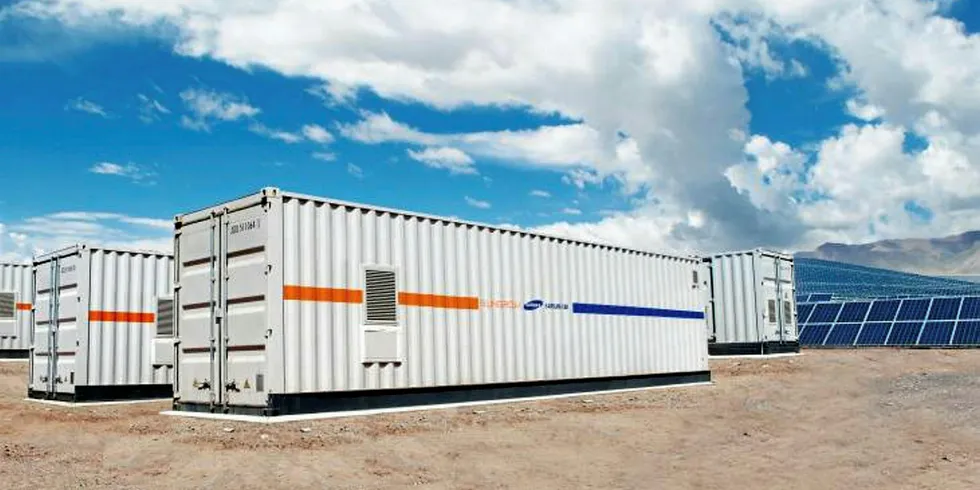Global energy storage market to defy Covid and top 15GW in 2025: IHS Markit
Revenues from energy storage are seen more than doubling to $9.5bn in 2025 as growth is driven by the US and China

Revenues from energy storage are seen more than doubling to $9.5bn in 2025 as growth is driven by the US and China
